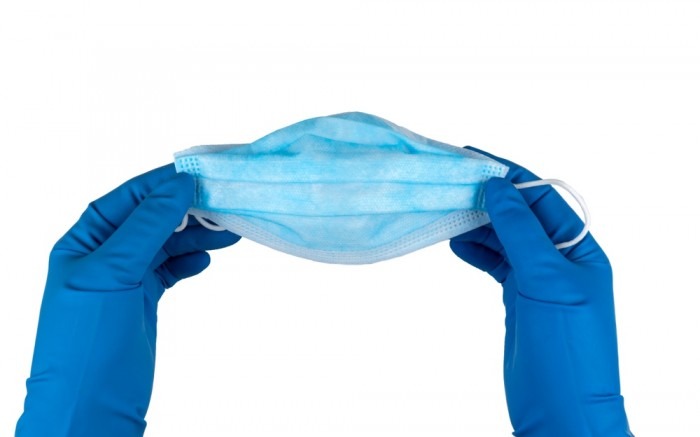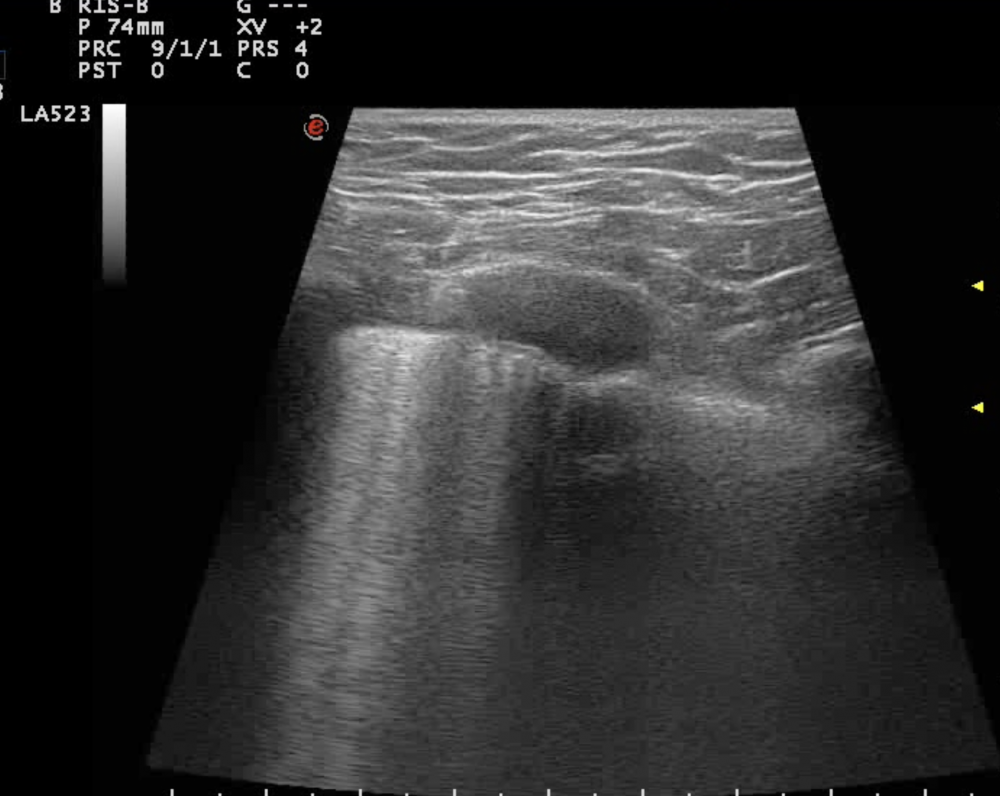Safe scanning – COVID-19 - five rules
The world of ultrasound does not stop turning and we will still need to perform US exams in our patients.
But what if a patient you are scanning is infected and you don’t know? Here are five rules that will reduce the risk of getting infected too.

1) Only perform US when absolutely necessary
Now is not the time to scan patients simply because you want to know if hypertrophy is present, to see if steatosis of the liver is present or for routine follow up of a carotid plaque. Only perform a s2) Protective gear
Both you and the patient should wear a “surgical” mask. With the shortage of N95 or FFP II/III masks these should be reserved for health care professionals who are in contact with COVID-19 positive patients. I would also recommend to wear gloves (which you should use anyway) AND wash your hands after each patient.

3) Use an abbreviated protocol
Now is not the time to adhere to “guidelines” and to an extended imaging protocol. Keep the examination time short and focus on the relevant. The shorter your exposition to an infected patient is the less likely it is that you will get infected.
4) Disinfect your transducer / scanner
Even if the transducer does not get in contact with mucous membranes you should disinfect your transducer (for example with a wet wipe) after every scan. All vendors I know actually have a webpage that provides guidance on what disinfectant you can use. Don’t move your scanner around, especially to wards and ICU.
5) Use ultrasound to suspect COVID.
Patients with COVID-19 can be asymptomatic or present with all sorts of symptoms. Dyspnea in a patient with heart failure could also be related to Covid-19 pneumonia. Also ask for symptoms of diarrhea, emesis, headache, taste and smell disorders. If you have the suspicion - why not move the transducer to the lung. Here is what you might see:
Lung US (B-lines in a patient with COVID-19 pneumonia)
And here is the link to our free content (https://www.123sonography.com/covid-19) where you can find much more teaching material dealing on COVID-19 and the lung.
And here is the link to our free content (https://www.123sonography.com/covid-19) where you can find much more teaching material dealing on COVID-19 and the lung.
I can only urge you to adhere to these simple rules and wish us all that we will soon be able to provide the level of care to patients that they deserve. Again without restrictions.
Stay healthy.
Thomas Binder and the 123sonography team


